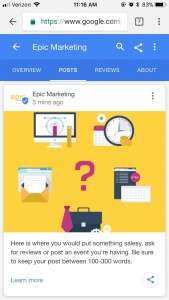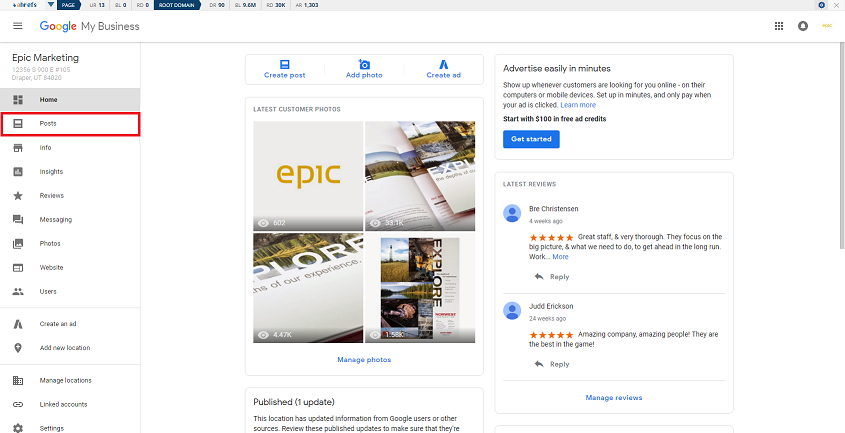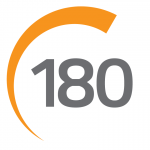There are over 1 billion voice searches performed monthly, and that number is likely to continue to grow. Thirty-five times more voice searches were performed on Google in 2016 than in 2008. So if you’re wondering if you should implement a voice-first website, the answer is a resounding YES. Throughout this blog we’ll give you a few tips and tricks to optimize your current site to be SEO voice-search friendly. But first a little background.
The Rapid Growth of Voice Search
The number of voice searches continues to grow rapidly, as 41 percent of adults say they have only started using voice search during the last six months of 2017 and 19 percent reported that they started using it at some point in the first half of 2017. By comparison, only 11 percent of people say that they have been using it for more than three years.
How is Voice Search Different than Traditional Search?
There are many ways that voice search and traditional search are different, but five things naturally rise to the top. Voice search users:
• Use conversational speech
• Ask queries based on location
• Provide a better understanding of their intent
• Count on featured snippets
• Want personal assistance
How successful companies can implement voice search SEO
User Queries
Traditionally, companies have relied on between one- to three-word search phrases to connect with users. As users turn to more voice searches, longtail keywords will become more important. Concentrate on answering questions that might be asked by people if they picked up the phone and called your company. One study looked at over 1,000 voice search queries and found that what and how-to questions were the most popular followed by when, where, who and why questions.
Location-based Voice Search
Since about 69 percent of all voice searches are done from a mobile device, it naturally follows that people may be looking for locations close to them. Therefore, brick-and-mortar companies should start by making a landing page for each of their physical locations. That page should include local landmarks like popular attractions, local schools and other places of local interest. Make sure that you have claimed your Google My Business account for each location. Use Google Posts to keep these listings updated with sales or special events. Use schema to connect websites to local locations and name, address, phone number (NAP) consistency through citations (these are all aspects of SEO).
User Intent
With traditional searches, it’s very difficult to determine user intent. For example, a person might type “recliner” into the search box, but Google and other search engines have no way of knowing what the searcher really wants to know. They could want to know where to buy a recliner, how to make a recliner or how to make a recliner comfortable for sleeping. Since voice searches are typically longer, it is easier to determine the user’s exact intent. This allows companies to do search engine optimization for voice search based specifically on each query type allowing them to meet user intent better.
Featured Snippets
In January 2018, Google announced that 80 percent of Google Home answers came from featured snippets. While snippets may be paragraphs, lists or tables, most of the ones used for voice search are either paragraphs or lists. Since most featured snippets come from pages that rank in the top 10 places, it is important to use white-hat search engine optimization methods to make sure that you are one of the top-ranking websites. Again, using schema, claiming your Google My Business and having a content strategy all seem to improve the odds of ranking higher in your niche. Aim at answering questions succinctly, stick to the facts and present them in a well-organized manner. Creating a list of frequently asked questions is often a great place to start but keep your answers under 45 words when possible.
Provide Personal Assistance
Siri, Echo, Alexa and Google Home are all programmed to remember important facts about the user. Companies must find a way to tie their SEO for voice search into what customers are wanting to accomplish, with their phones or smart devices. Think about how you can create pages that will allow potential customers to order your product or service using only their voice. Make it easy for them to connect with a person who can further handle their questions. Show how your product will help keep them safer or more entertained. Prove that your product is based on the latest research.
While many companies are still trying to cope with making their sites mobile-friendly, the forward-thinking companies are already optimizing for voice search SEO. The trend is only going to get stronger over the next few years. Optimize for voice search now and stay ahead of the trend. Your ROI will be well worth the time and effort. Contact our SEO experts at Epic Marketing to learn more about what we can do to escalate your business!
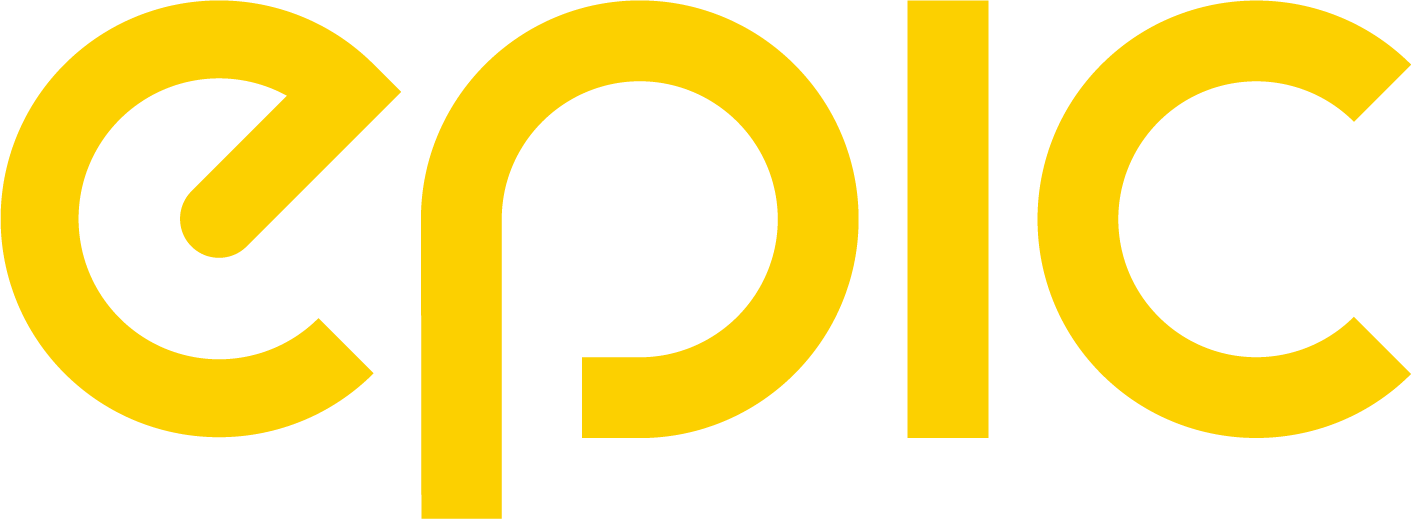

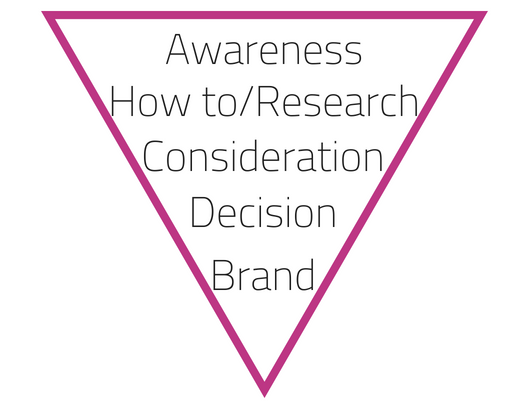
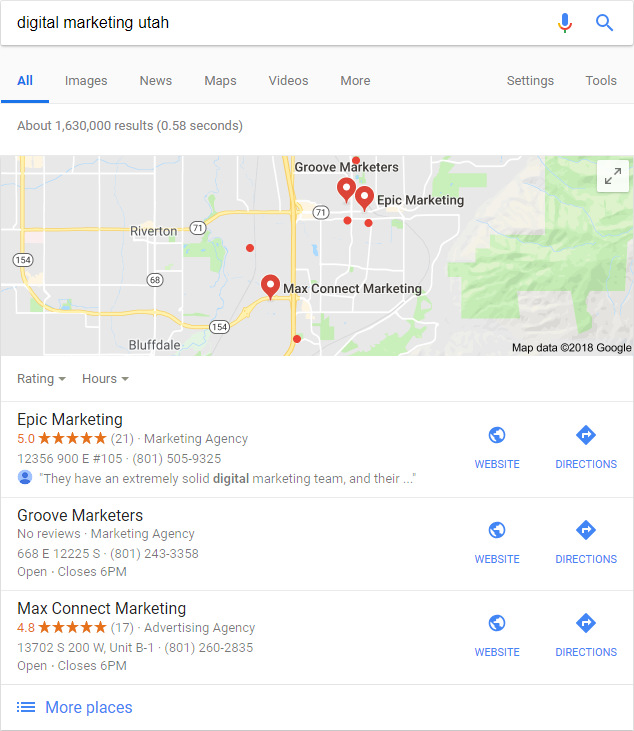
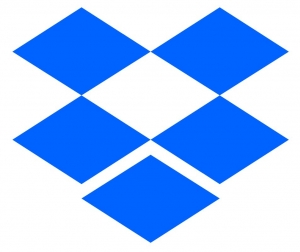


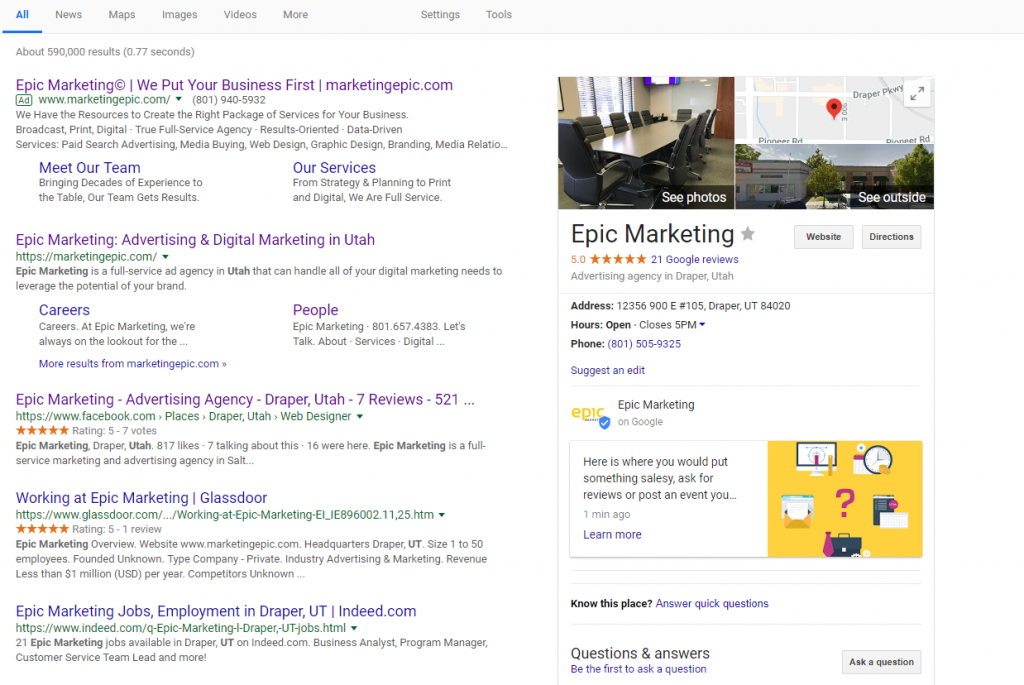
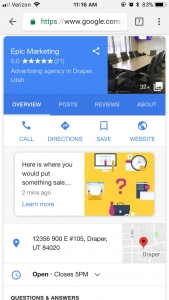 If you click on the post, you can see more info:
If you click on the post, you can see more info: